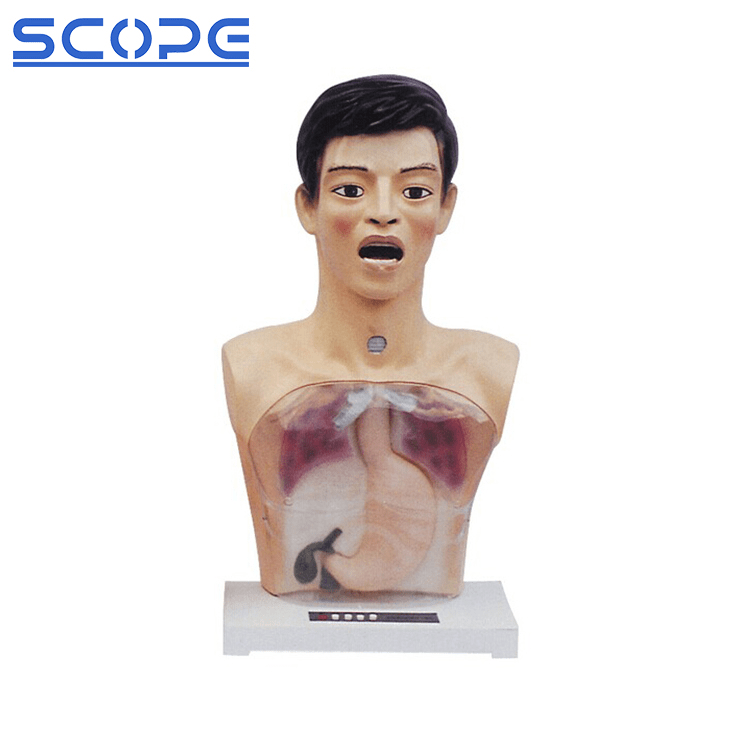Nursing training manikins are extremely useful tools that allow aspiring nurses to practice and hone their skills in a safe and controlled setting. The specific skills you can practice will differ depending on the type of manikin you have, but here are some of the most common ones:
l Taking vital signs: This includes taking temperature, pulse, respiratory rate, and blood pressure readings. Most manikins will include sensors that allow you to practice these skills while receiving realistic feedback.
l Giving medication: The manikin's specially designed ports and injection sites allow you to practice administering medication orally, topically, or through injection.
l Catheterization: This procedure involves inserting a catheter into the bladder to drain urine. Some manikins include simulated bladders, allowing you to practice this procedure.
l Wound care: Practice wound cleaning, dressing, and bandaging on simulated injury manikins.
l Bathing and hygiene: Use a manikin to practice giving patients a bed bath or assisting with hygiene.
l CPR and other emergency procedures: Some manikins are specifically designed to practice CPR and other life-saving skills.
l Intubation and tracheostomy care: These advanced procedures require specialized manikins.
l Surgical skills: Some manikins can be used to practice fundamental surgical procedures.
l Communication and interpersonal skills: Use a manikin to practice interactions with patients and families.
l Critical thinking and problem-solving skills: Using manikins allows you to practice responding to clinical scenarios and making patient care decisions.
Different manikins offer varying levels of complexity and functionality. Knowing what skills you want to focus on helps you choose the most appropriate and cost-effective model. For example, if your primary goal is basic skills like vital sign measurements, a simple manikin might suffice. However, if you need to practice advanced procedures like intubation, you'll require a more sophisticated model. Regular practice with a manikin can reveal areas where you might need additional guidance or practice. This allows you to address weaknesses proactively and seek appropriate training or feedback before encountering them in a live setting.

